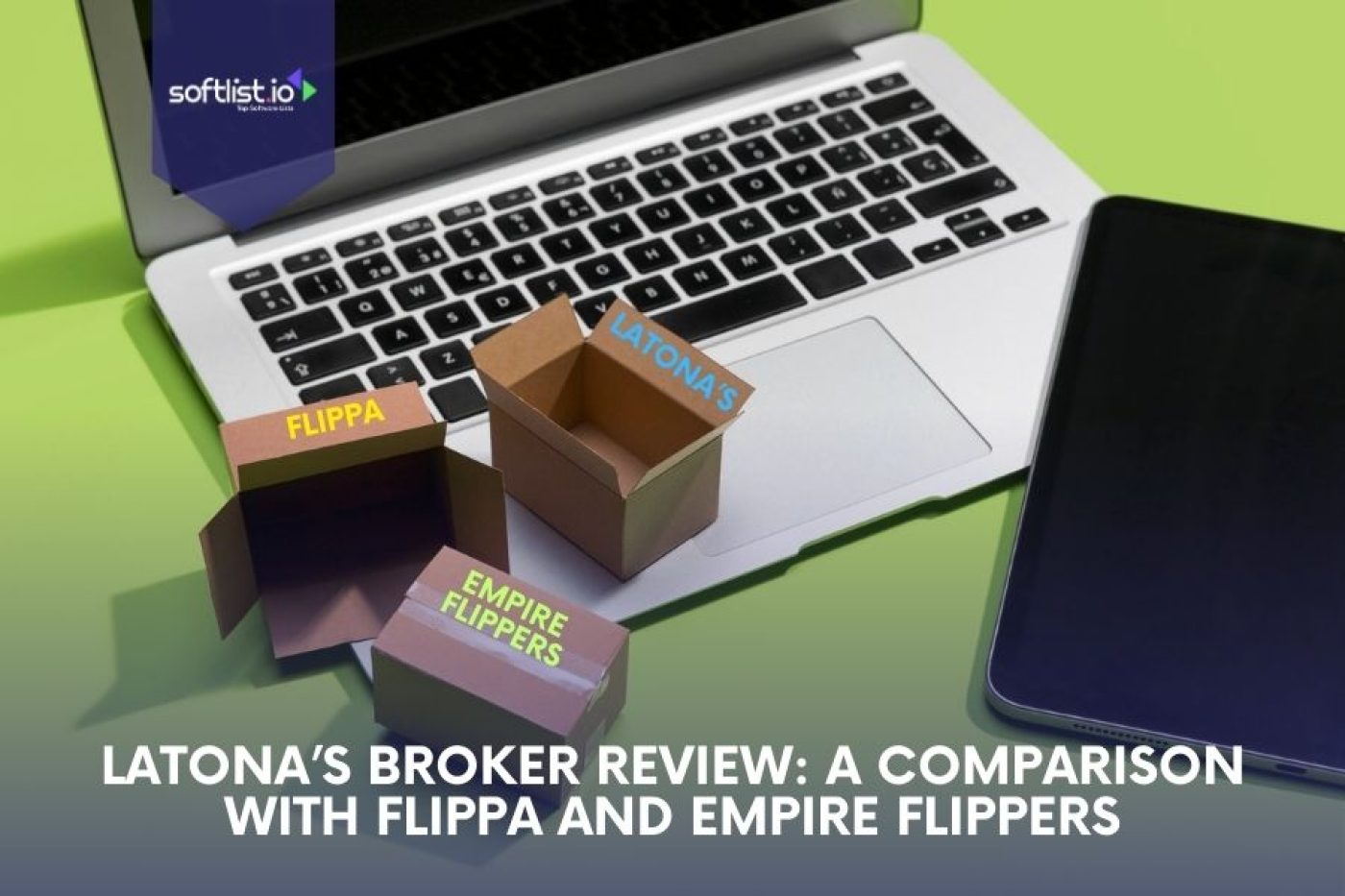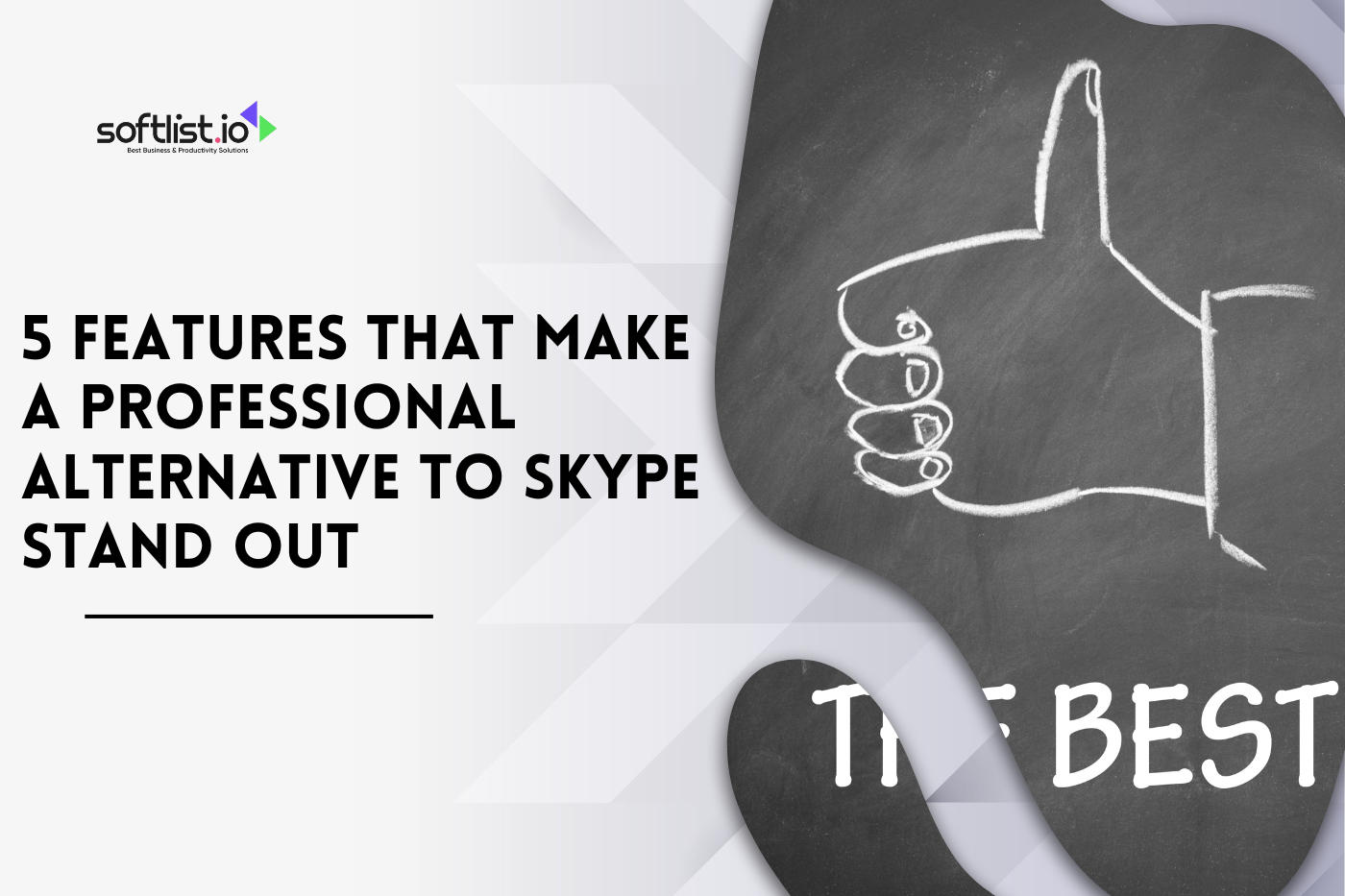In today’s digital age, content creation stands at the forefront of marketing strategies for businesses across industries. From engaging blog posts to captivating social media campaigns, the demand for talented content creators continues to rise. However, attracting and retaining top talent in this competitive field requires more than just a standard job posting.
Crafting compelling job descriptions tailored to content creators is essential for attracting candidates who possess the skills and vision necessary to drive success. In this article, we delve into the intricacies of creating job descriptions that resonate with content creators and set the stage for a thriving collaboration.
Understanding the Role

Before diving into the specifics of a job description, it’s crucial to gain a comprehensive understanding of the role of content creators within your organization.
Content creation encompasses a wide range of mediums, including written, visual, and multimedia content. Determine the primary focus areas and objectives of the role in order to create the best job descriptions, whether it involves creating blog posts, videos, social media content, or a combination of formats. Let’s get into it!
Content Creation Scope and Objectives
- Begin by defining the scope of content creation within your organization. This includes identifying the types of content you currently produce or plan to produce in the future.
- Consider the objectives of your content strategy, such as increasing brand awareness, driving website traffic, generating leads, or nurturing customer relationships.
- Determine the target audience for your content and the platforms or channels where it will be distributed.
Content Formats and Channels
- Explore the various formats and mediums through which content is delivered, such as written (blogs, articles, whitepapers), visual (infographics, images, videos), or multimedia (podcasts, webinars).
- Identify the channels or platforms where your content will be published or shared, including your website, social media platforms, email newsletters, or third-party publications.
Content Lifecycle and Workflow
- Examine the lifecycle of content within your organization, from ideation and creation to publication, distribution, and performance analysis.
- Map out the content creation workflow, including roles and responsibilities at each stage, collaboration processes, and approval mechanisms.
- Consider how content creators will collaborate with other teams or departments, such as marketing, design, SEO, or product development.
Brand Voice and Style Guidelines
- Define your brand voice and style guidelines to ensure consistency and cohesion across all content assets.
- Describe the tone, language, and messaging principles that content creators should adhere to when creating content for your brand.
- Provide examples of successful content that exemplifies your brand’s voice and style to serve as inspiration for content creators.
Content Performance Metrics and Analytics
- Identify key performance metrics and analytics that will be used to measure the effectiveness of content created by the content creator.
- Consider metrics such as website traffic, engagement metrics (likes, shares, comments), conversion rates, email open and click-through rates, or social media follower growth.
- Determine how content creators will use data and analytics to optimize their content strategy and drive continuous improvement.
Industry Trends and Best Practices
- Stay informed about industry trends, emerging technologies, and best practices in content creation and marketing.
- Research competitor content strategies and industry benchmarks to identify opportunities for innovation and differentiation.
- Provide opportunities for content creators to participate in professional development activities, such as attending conferences, workshops, or online courses, to stay updated on the latest trends and practices in content creation.
By thoroughly understanding the role of content creators within your organization, you can create a job description that accurately reflects the expectations, responsibilities, and opportunities associated with the role. Utilizing HireQuotient’s Job Description Generator, can streamline this process, ensuring you craft precise, professional, and engaging descriptions that attract qualified candidates who are well-suited to contribute to your organization’s content strategy and objectives.
Key Components of a Job Description

1. Clear Job Title
- A clear and descriptive job title for the job description is essential for attracting the right candidates and setting expectations.
- Consider including specific terms that reflect the primary focus of the role, such as “Social Media Content Creator,” “Content Marketing Specialist,” or “Graphic Design Content Creator.”
- Avoid using overly generic titles that may not accurately convey the nature of the role or attract the desired talent.
2. Overview of Responsibilities
- Provide a detailed overview of the primary responsibilities and duties associated with the role.
- Specify the types of content the candidate will be expected to create, such as blog posts, articles, videos, infographics, social media posts, or email campaigns.
- Outline any specific projects, campaigns, or content initiatives the candidate will be involved in, along with the goals and objectives associated with each.
3. Required Skills and Qualifications
- Clearly outline the skills, qualifications, and experience necessary for success in the job description.
- Specify technical skills such as proficiency in content creation tools and software (e.g., Adobe Creative Suite, Canva, WordPress), knowledge of SEO best practices, and experience with content management systems (CMS).
- Highlight soft skills such as creativity, attention to detail, strong communication skills, and the ability to work collaboratively in a team environment.
- Consider including desired qualifications such as a bachelor’s degree in marketing, communications, journalism, or a related field, along with any relevant certifications or professional credentials.
4. Company Culture and Values
- Provide insights into your company culture, mission, and values to give candidates, upon reading the job description, a sense of what it’s like to work at your organization.
- Highlight any unique aspects of your company culture, such as a commitment to diversity and inclusion, opportunities for professional development and growth, or a supportive and collaborative work environment.
- Showcase any employee perks or benefits that may be particularly appealing to content creators, such as flexible work arrangements, wellness programs, or opportunities for creativity and innovation.
5. Expectations and Performance Metrics
- Clearly define expectations regarding productivity, quality standards, and performance metrics for the role.
- Outline key performance indicators (KPIs) that will be used to evaluate the candidate’s performance, such as content engagement metrics (e.g., views, likes, shares, comments), audience growth targets, or project deadlines.
- Provide examples of successful content campaigns or projects that align with the role’s objectives and performance expectations.
6. Application Instructions
- Conclude the job description with clear instructions on how to apply for the position.
- Specify any required documents or materials that candidates should include with their application, such as a resume, cover letter, portfolio samples, or links to relevant work samples.
- Provide contact information or a link to your company’s careers page where candidates can submit their applications.
- Encourage candidates to showcase their creativity, passion for content creation, and alignment with your company’s values and culture in their application materials.
Why are Content Creators so important?

Content creators play a pivotal role in today’s digital landscape, shaping the way businesses communicate, engage with their audience, and ultimately drive success. Their importance stems from their ability to craft compelling and relevant content that resonates with target audiences across various platforms and channels.
Here are several reasons why content creators are indispensable in today’s digital age:
Building Brand Identity and Awareness
Content creators are instrumental for a job title in shaping and defining a brand’s identity through storytelling, visual design, and messaging. By creating authentic and engaging content, they help businesses establish a strong brand presence and increase brand awareness among their target audience.
Driving Website Traffic and Lead Generation
High-quality content is a powerful tool for attracting organic traffic to a company’s website and generating leads. Content creators produce blog posts, articles, videos, and other assets optimized for search engines, social media, and email marketing campaigns, driving traffic and capturing the interest of potential customers.
Engaging and Educating Audiences
Content creators have the ability to capture the attention of audiences and keep them engaged through compelling storytelling, informative articles, entertaining videos, and interactive multimedia content. By providing valuable information, insights, and entertainment, they establish trust and credibility with their audience, nurturing long-term relationships and loyalty.
Supporting Customer Journey and Sales Funnel
Content creators play a crucial role in guiding customers through the various stages of the sales funnel, from awareness and consideration to purchase and advocacy. They create content tailored to the needs and interests of prospects at each stage, addressing their questions, concerns, and objections to facilitate informed decision-making and conversion.
Enhancing Search Engine Visibility and Rankings
High-quality and relevant content is essential for improving a website’s search engine visibility and rankings. Content creators optimize content with targeted keywords, meta tags, and internal links to increase its visibility in search engine results pages (SERPs), driving organic traffic and improving the website’s overall SEO performance.
Fostering Social Media Engagement and Community Building
Content creators play a key role in driving social media engagement and community building by creating shareable and interactive content that sparks conversations, fosters connections, and builds brand advocacy. They leverage social media platforms to amplify brand messaging, reach new audiences, and nurture relationships with existing followers.
Adapting to Changing Trends and Technologies
Content creators are adaptable and innovative professionals who stay abreast of changing trends, technologies, and consumer behaviors. They continuously experiment with new formats, platforms, and storytelling techniques to stay relevant and competitive in a rapidly evolving digital landscape.
Conclusion
Crafting compelling job descriptions for content creators is a strategic endeavor that requires careful consideration of the role, responsibilities, and desired qualifications.
By clearly articulating the expectations, opportunities, and company culture associated with the role, you can attract top talent who are not only skilled content creators but also enthusiastic about contributing to your organization’s success.
Invest time and effort into crafting job descriptions that resonate with content creators and set the stage for a dynamic and collaborative working relationship.








